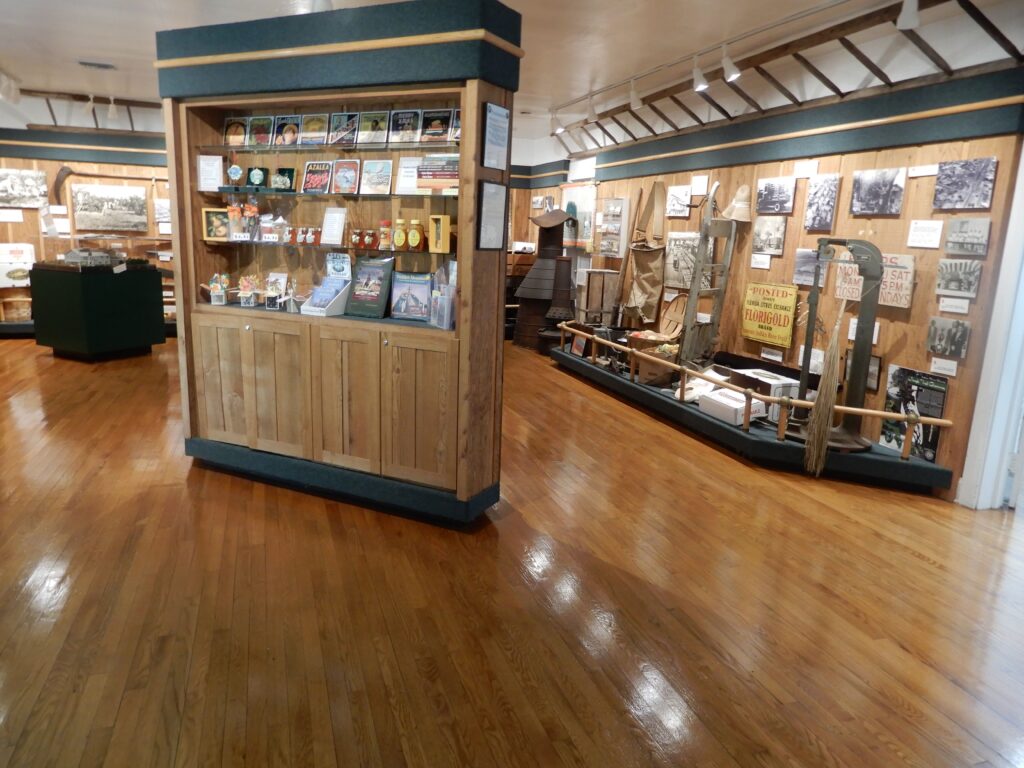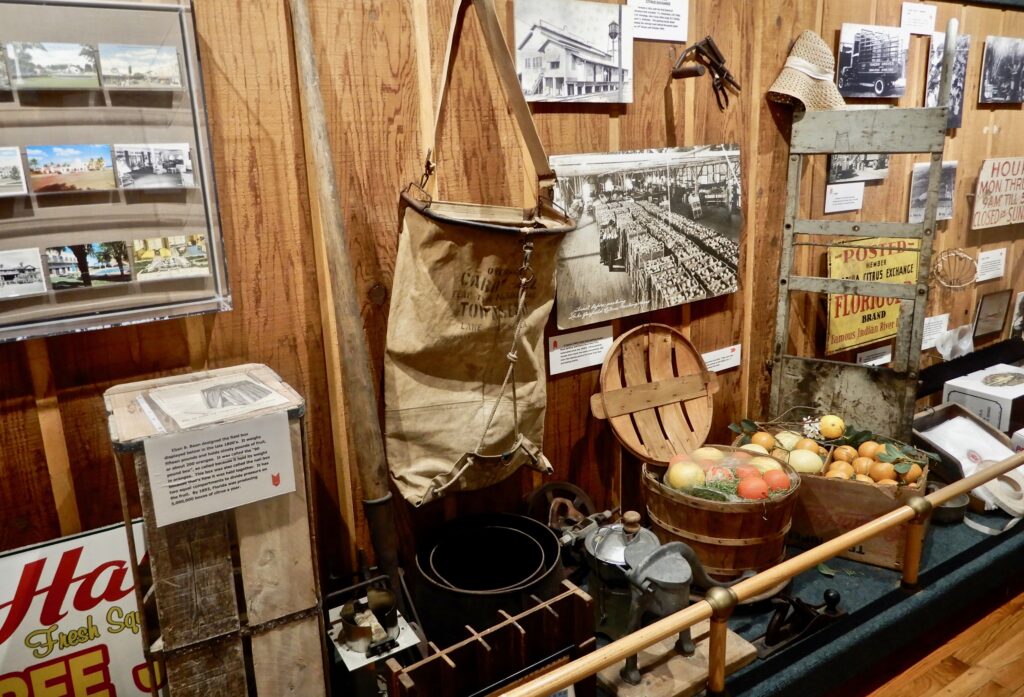Written By: Heather Stapleton, Executive Director, Vero Heritage, Inc
The Heritage Center houses the unique Indian River Citrus Museum. Citrus grows so well in Florida that the citrus blossom is the state flower. However, citrus does not naturally occur in Florida. In fact, citrus does not naturally occur anywhere in the new world.
Citrus’ journey to reach Florida began in subtropical Asia, then to North Africa and then to Europe, and finally to the New World. Though vitamin C wasn’t discovered until hundreds of years later, Europeans understood that eating citrus on ships prevented scurvy.
Thanks to a Spanish law requiring that sailors bring sour orange seeds with them to plant in the new world, citrus first arrived in the Caribbean and then Florida.
Much later, in the 1800s early settlers arriving to pursue agricultural interests recognized the ideal growing conditions surrounding the Indian River Lagoon. The settlers collected roots of the sour oranges left behind by the Spanish. Because these roots were of the sour orange, they were already hardier. Add to that the fact that these sour oranges had been adapting to the local conditions for hundreds of years, and the settlers knew they had proven survivors. On to those hardy roots, the settlers grafted the budwood of more delicate sweet oranges, creating a winning combination.
Today, Indian River fruit can only be grown and harvested in a thin 200mi stretch of land near the Indian River Lagoon, from just south of Flagler Beach to West Palm. Only fruit from this area may be legally referred to as “Indian River Fruit” – that phrase is protected by the Federal Trade Commission. Just like Vidalia Onions can only come from a 20-county region in Georgia, or champagne can only come from the Champagne region of France. Our fruit is that unique and special!


